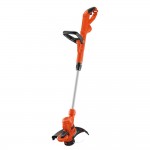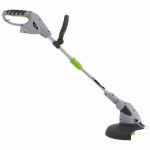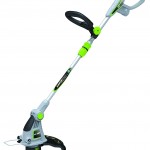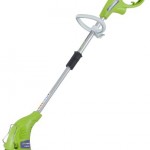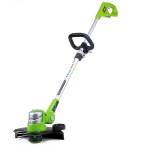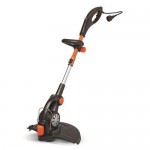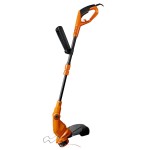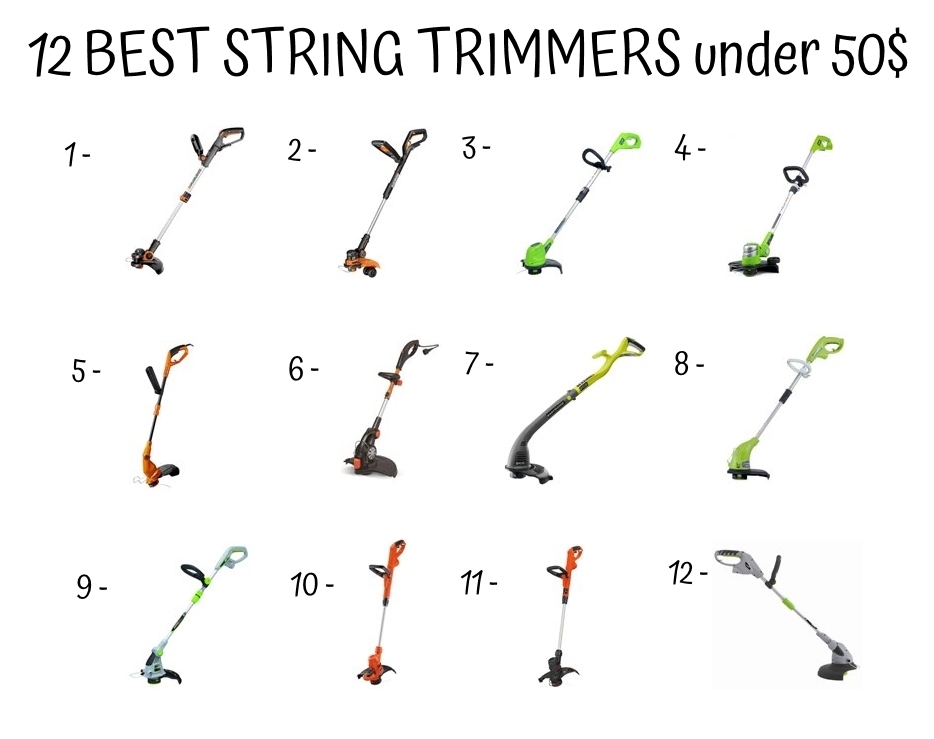
We spent 45 hours on research, videography, and editing, to review the top options. Looking to tidy up your yard without bringing out the heavy machinery? Make the chore a little easier with a string trimmer under 50$. These weed whackers will make light work of maintaining any yard, as they come in both gas and electric options with enough power for smaller home gardens as well as professional landscaping jobs.
1) WORX WG163.9 20V Cordless Grass Trimmer/Edger | 2) WORX WG160.9 20V Cordless Lithium Grass Trimmer/Edger | 3) GreenWorks Pro 80V 21-inch Brushless Dual Port PH Mower | 4) GreenWorks G-24 24V 12-Inch Cordless String Trimmer | 5) WORX WG119 Electric Grass Trimmer with Tilting Shaft | 6) Remington RM115ST Lasso 5.5 Amp Electric Trimmer/ Edger | 7) One+ 18-Volt Lithium-ion Shaft Cordless Electric String Trimmer | 8) GreenWorks 21212 4Amp 13-Inch Corded String Trimmer | 9) Earthwise ST00115 15-Inch 5-Amp Electric String Trimmer | 10) WORX WG119 Electric Grass Trimmer with Tilting Shaft | 11) BLACK+DECKER ST8600 5 Amp 13″ String Trimmer/Edger | 12) Earthwise ST00011 11-Inch 3.75-Amp Corded Electric String Trimmer |
Trimmer Technique
Getting the height right
A string trimmer can strip a lawn bald if held too close to the surface. Keep the string head about 2 to 3 inches off the ground, just like a mower blade, and sweep the machine side to side in a steady motion parallel to the ground. Don’t worry if you don’t get it right the first time; we all make mistakes, and it will grow out—just like a bad haircut.
Cutting Overgrown Grass
If you trim tall grass and weeds at ground level, the stems are liable to tangle around the trimmer head and stall it. Roger’s solution is to trim tall weeds from the top down, so the string chomps them into little pieces. For big fields of grass, consider getting a special grass-cutting head that has three plastic blades designed to lay the stems down flat without tangling the mechanism.
Edging
Once you’ve established a clean edge along driveways, walks, and flower beds, you can maintain it with your trimmer. Just shift your grip so the string spins vertically, like an airplane propeller. It will track right along the bed line and make hash of any sideways-growing grass.
Trimming near trees, posts, and steps
A string trimmer can get right up to tree and shrub trunks, fence posts, and concrete steps. But be careful to stop short of hitting these with the string. You can kill a tree by stripping its bark, or cut a chunk out of wood or concrete. Approach these fixtures gingerly, and pull back as soon as you hear or feel the distinctive click of slapping string. (Or better yet, create mulch beds around trees and posts so you never have to get close.)
Cutting brush
When you switch to a metal blade for cutting brush and saplings, protect yourself with long pants, helmet, boots, and goggles or a face mask, plus shoulder straps to keep you from getting an aching back. Never remove the blade guard: It not only protects you, it also keeps the blade from wreaking havoc on rocks, walks, or posts.
Keeping it clean
With any trimmer, wipe off bits of grass and debris when you stop for the day, and check both the gas level and what’s left on the string reel. Neatly coil the cord or recharge the batteries on electric machines. Some gas machines must be stored upright or level so fluids don’t leak; check your manual.
